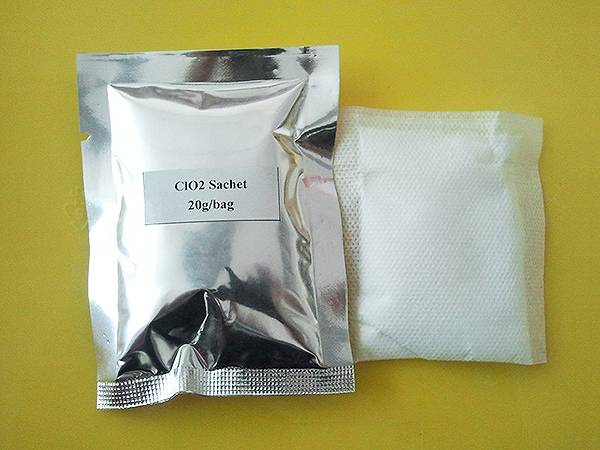



Chlorine Dioxide Applications and Safety Guidelines for Effective Use in Various Industries
Understanding Chlorine Dioxide (ClO2) A Powerful Disinfectant
Chlorine dioxide, chemically represented as ClO2, is a unique and versatile chemical compound primarily known for its potent disinfectant and oxidizing properties. With increasing concerns over public health and safety, chlorine dioxide has gained significant attention as an effective solution for water treatment, sanitation, and even healthcare applications. This article delves into the properties, applications, and safety considerations surrounding chlorine dioxide.
Chemical Properties and Production
Chlorine dioxide is a yellowish-green gas at room temperature and has a distinctive, sharp odor similar to that of chlorine. It is approximately 2.5 times heavier than air, which influences its behavior in various environments. Chlorine dioxide is a free radical and acts as a powerful oxidizing agent, enabling it to react readily with various organic and inorganic compounds.
The production of chlorine dioxide typically involves the reduction of sodium chlorate (NaClO3) with sulfuric acid or chlorine gas. This process produces chlorine dioxide in a form suitable for various applications. It can be generated on-site or in controlled conditions, ensuring high purity and efficacy.
Applications of Chlorine Dioxide
1. Water Treatment One of the most significant applications of chlorine dioxide is in water treatment. It effectively disinfects drinking water by killing bacteria, viruses, and protozoa, including resistant strains like Giardia and Cryptosporidium. Chlorine dioxide is preferred over chlorine in many cases because it does not form harmful by-products, such as trihalomethanes, which are linked to cancer and other health issues.
2. Disinfection and Sanitization Chlorine dioxide is widely used in the food and beverage industry for sanitizing surfaces, equipment, and conveyance systems. It prevents microbial growth and foodborne illnesses, making it an essential tool for maintaining hygiene standards. Additionally, ClO2 can be applied in hospitals and healthcare settings to disinfect surfaces and equipment due to its broad-spectrum antimicrobial activity.
cl02 chlorine dioxide

3. Industrial Applications Beyond sanitation, chlorine dioxide finds applications in various industrial processes, including pulp and paper bleaching, oil recovery, and textile manufacturing. Its strong oxidizing properties make it an effective agent for breaking down complex organic molecules, thus enhancing process efficiency.
4. Odor Control Chlorine dioxide is effective in neutralizing unpleasant odors caused by microbial activity, especially in wastewater treatment facilities and landfills. By reducing odor compounds, it improves environmental conditions and quality of life in nearby communities.
Safety Considerations
While chlorine dioxide is an effective disinfectant, it is essential to handle it with care. Inhalation of chlorine dioxide gas can be harmful, leading to respiratory issues and irritation of the eyes and skin. Proper ventilation, protective equipment, and adherence to safety protocols are crucial when working with this compound.
Moreover, chlorine dioxide should never be ingested in its industrial form, as it is not approved for human consumption outside specific medical applications. Despite some claims regarding its efficacy in treating various health conditions, including COVID-19, regulatory agencies have warned against using chlorine dioxide in this manner due to safety concerns.
Conclusion
Chlorine dioxide (ClO2) stands out as a powerful disinfectant with a wide range of applications in water treatment, sanitation, and industrial processes. Its ability to eliminate harmful microorganisms while minimizing the formation of hazardous by-products makes it a valuable tool in maintaining public health and safety. Nonetheless, the handling of chlorine dioxide requires vigilance to ensure safety and compliance with regulatory guidelines. As ongoing research continues to explore its potential applications, chlorine dioxide's role in environmental management and public health remains prominent in our efforts to create a safer and cleaner world.
-
Why Sodium Persulfate Is Everywhere NowNewsJul.07,2025
-
Why Polyacrylamide Is in High DemandNewsJul.07,2025
-
Understanding Paint Chemicals and Their ApplicationsNewsJul.07,2025
-
Smart Use Of Mining ChemicalsNewsJul.07,2025
-
Practical Uses of Potassium MonopersulfateNewsJul.07,2025
-
Agrochemicals In Real FarmingNewsJul.07,2025
-
Sodium Chlorite Hot UsesNewsJul.01,2025










